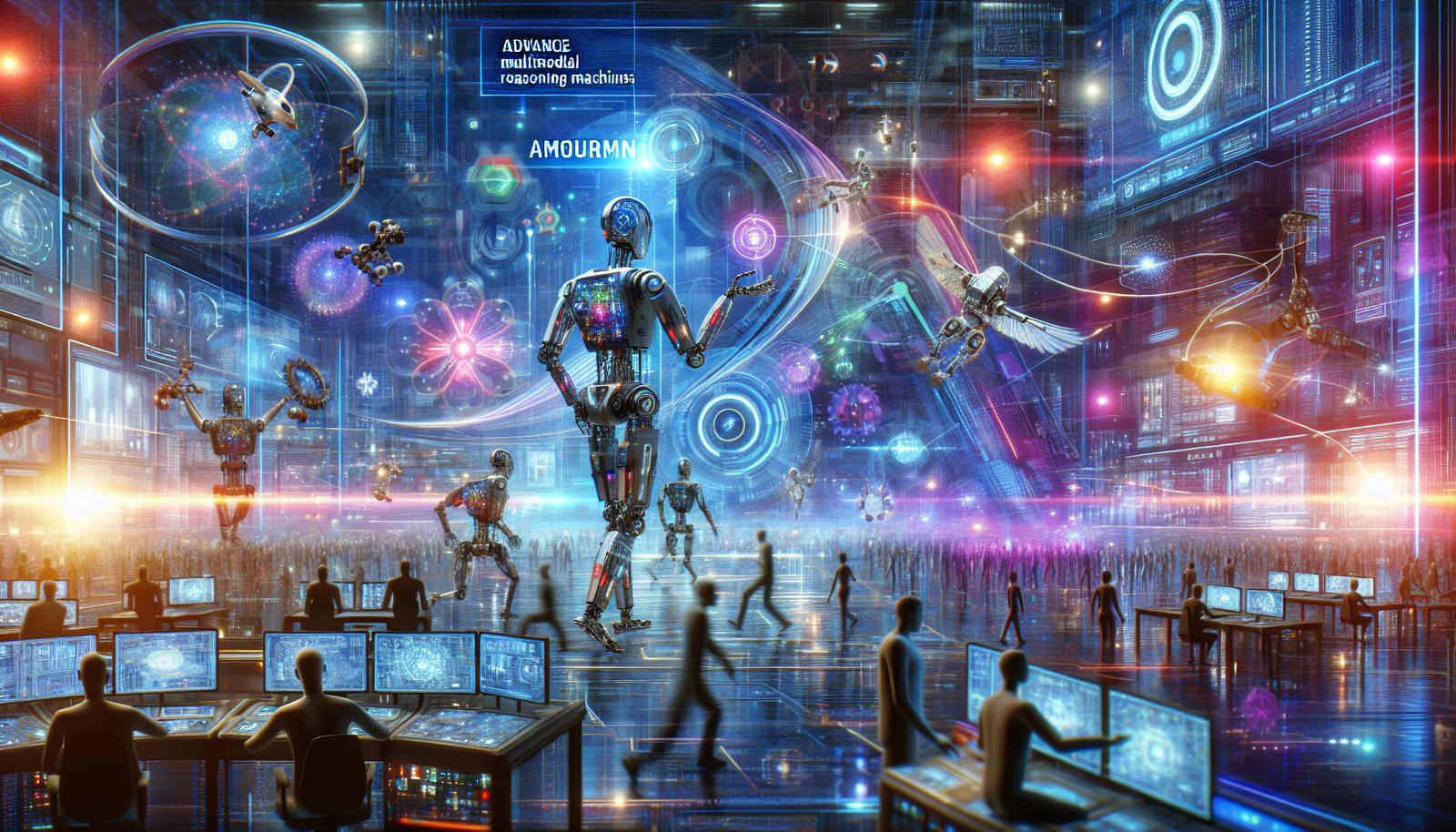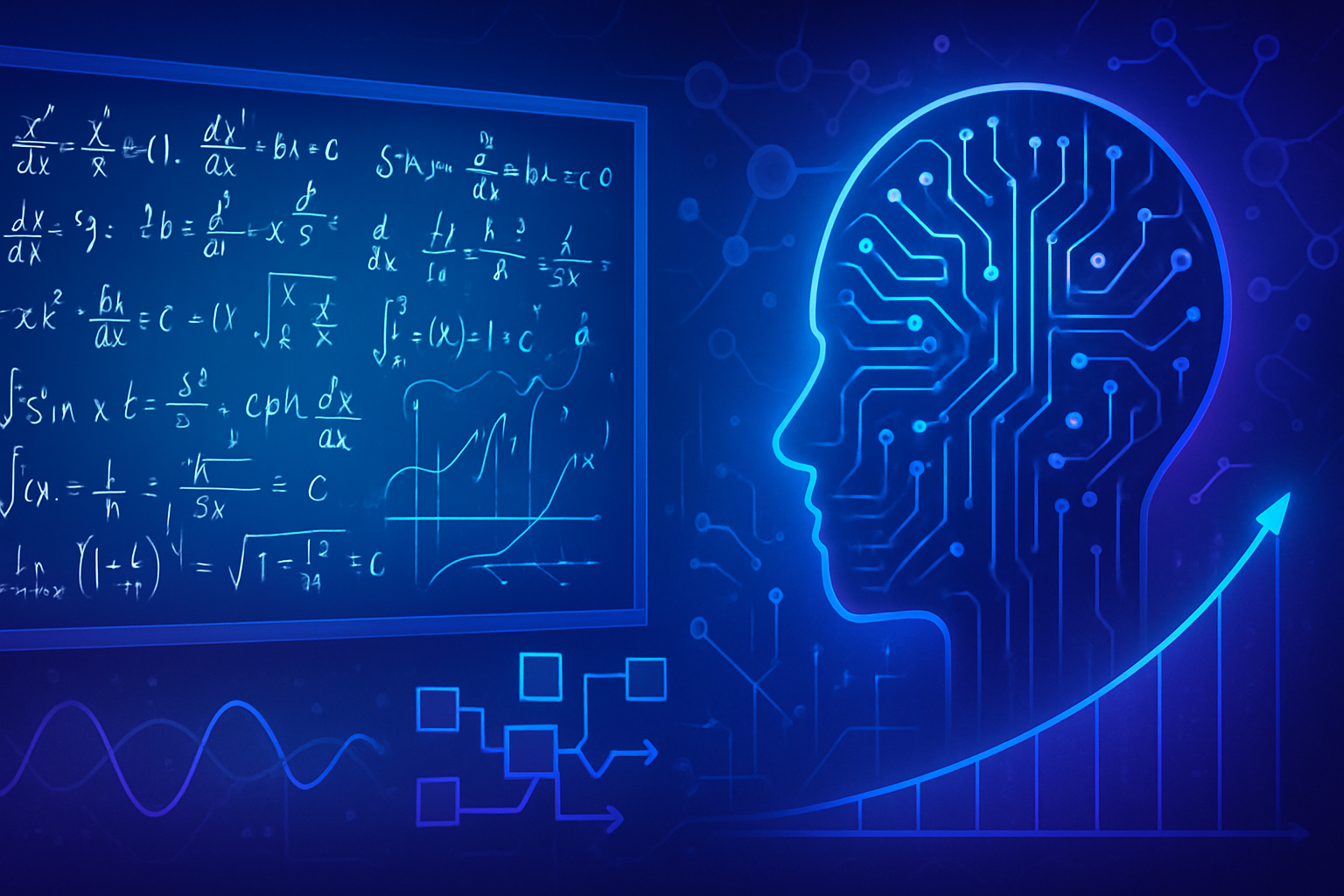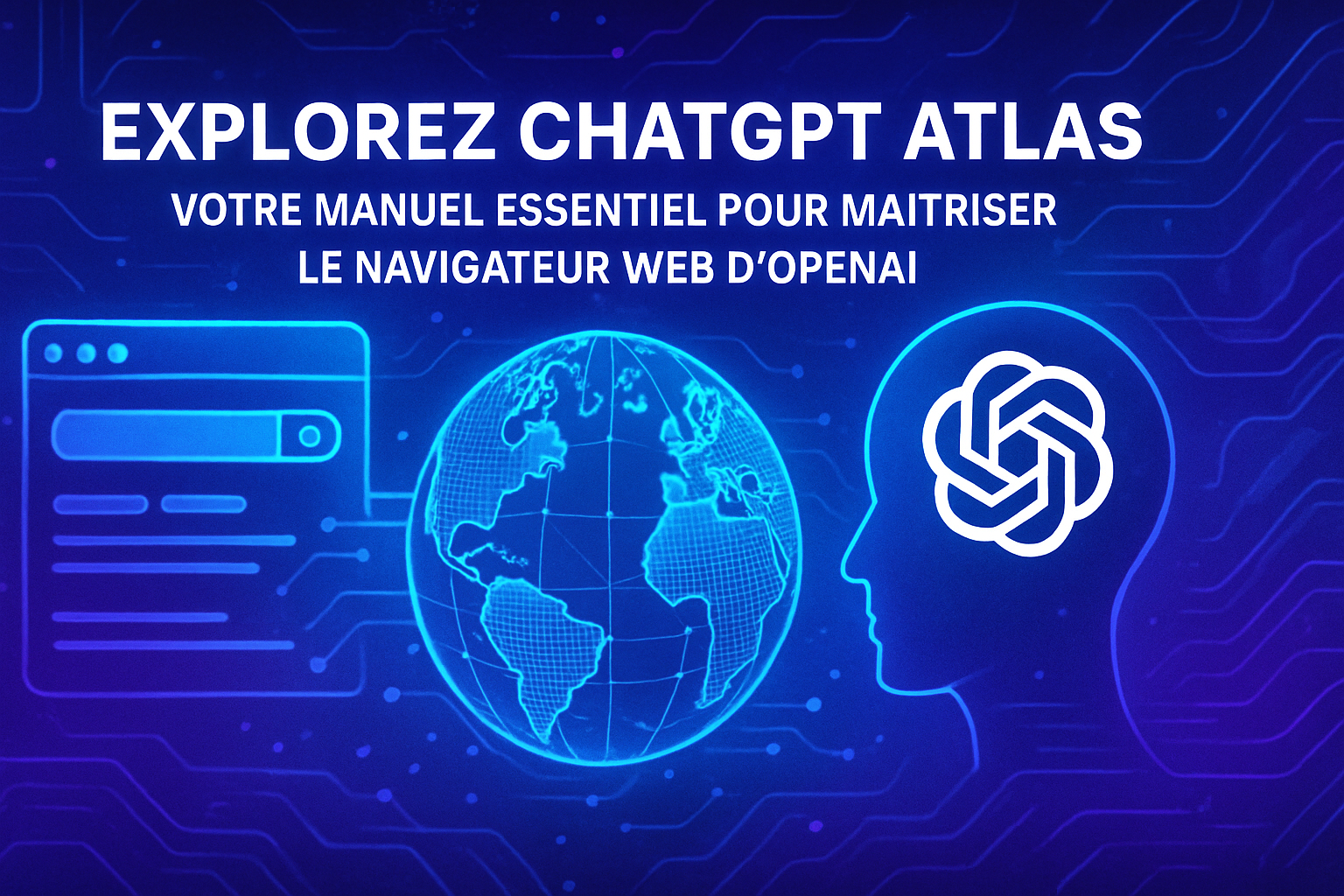Multimodal LLMs and Their Impact on Robotics
Multimodal models, also known as LLMs (Large Language Models), merge textual data with various types of information such as images, videos, or audio. This approach enriches the interaction and reasoning capabilities of robotic systems. By integrating multiple types of data, these models provide a better perception and understanding of the world around them, which is essential for carrying out complex tasks.
Reasoning and Interaction in Natural Language
Recent research shows that LLMs enhance the ability of robots to interact with users in natural language. This evolution is not limited to verbal communication. Robots can now better interpret user intentions and provide suitable responses based on visual and auditory context attributes. This opens up new perspectives in areas such as hospitality, where a robot can recognize a customer by their voice or appearance and thus interact in a more personalized manner.
Improvement of Training Data
Multimodal models allow for a substantial improvement of the datasets used for training. The combination of images and textual descriptions, for example, enriches the learning base by providing a richer and more varied context. This translates to a reduction in errors during the execution of delicate robotic tasks. Furthermore, systems can assimilate new information in real time, thus offering unprecedented adaptability to evolving environments.
Large Language Models in Multimodal Datasets
Large language models leverage multimodal datasets to enhance their effectiveness. These datasets represent the fusion of multiple modalities of information, allowing models to learn complex relationships. Research teams regularly identify the best datasets to experiment with different types of models, thus improving their performance on various tasks.
LLMs and Real-Time Learning
The concept of real-time learning is at the heart of multimodal LLMs. Although traditionally based on static data, technological advancements now allow for the integration of information instantaneously. Thus, systems can self-correct and adapt to unexpected situations, increasing their reliability during interventions in complex environments, such as the healthcare sector or assistance for individuals with disabilities.
Concrete Examples in the Healthcare Sector
In the medical field, AI significantly influences practices. The technology enables assisted operations, with robots capable of interacting live with surgeons while providing support based on the analysis of medical images. Intelligent prosthetics also utilize these capabilities to adjust to patients’ movements in a smoother and more natural way.
NVIDIA’s New Model: Nemotron
NVIDIA recently unveiled a powerful model called Nemotron, featuring 70 billion parameters. This model surpasses the performance of previous models such as GPT-4o and Claude 3.5. This technological advance marks a turning point in the utilization of LLMs for robotic applications, bringing increased efficiency and unparalleled reasoning capabilities.
Frequently Asked Questions about Multimodal LLMs and Their Impact on Data Training for Delicate Robotic Tasks
What is a multimodal model concerning robotic tasks?
A multimodal model combines various types of data, such as text, images, and audio, to enhance the capabilities of robots to interact and understand their environment.
How do multimodal LLMs improve robot training?
They enable robots to process and interpret data from different sources, thereby improving their ability to perform complex tasks accurately and efficiently.
What are the advantages of reasoning LLMs in robotic tasks?
Reasoning LLMs enhance robot skills by allowing them to make more informed decisions and adapt to new information in real time, which is crucial for delicate operations.
What types of data are used to train multimodal LLMs?
Data can include descriptive texts, images, action videos, and audio recordings that capture instructions or feedback, thus facilitating a better understanding of tasks by robots.
Can multimodal LLMs work with noisy data?
Yes, these models are designed to handle imperfect data, which makes them robust to errors or inconsistencies, ensuring stable performance in varied conditions.
How is reinforcement learning integrated with LLMs for robotic tasks?
Reinforcement learning uses feedback from robots to adjust their behaviors, and LLMs provide the necessary context to interpret this feedback, taking into account multiple sources of information.
What is the impact of multimodal LLMs on data training for robotics?
They allow for more efficient data collection and usage by integrating diverse information formats that enrich model training and increase their capability to perform complex tasks.
Are multimodal LLMs compatible with all robotic platforms?
Yes, in general, these models can be integrated into different robotic architectures, but their effectiveness may vary depending on the specifics of each platform.
What is the future of LLMs use in delicate robotics?
The future looks promising, with constant advancements expected to allow robots to become increasingly autonomous and intelligent, capable of handling progressively complex tasks with optimal precision.






